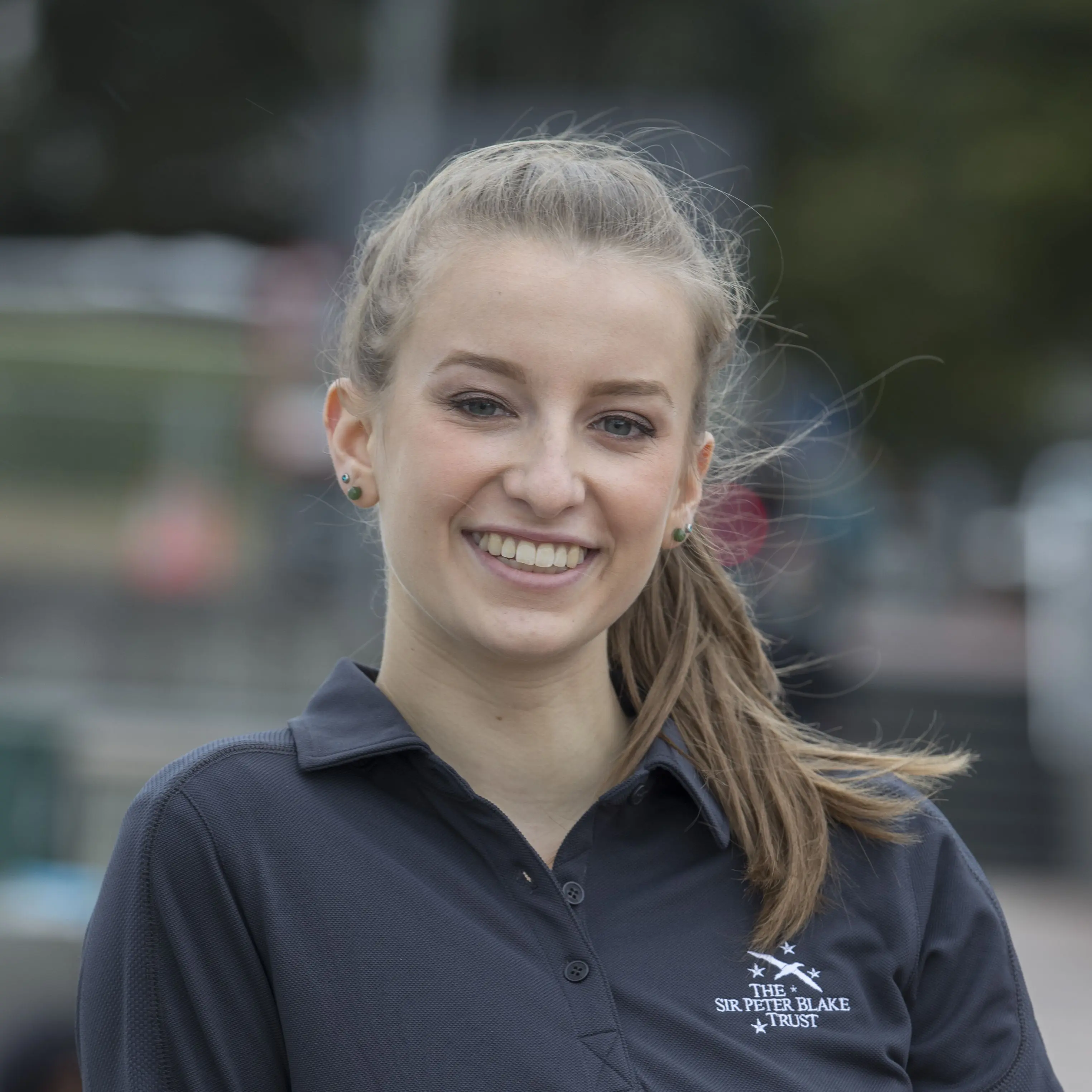When I was offered this ambassadorship, the first thing I did after a little happy dance at work, was look up where exactly Port Waikato is. Having grown up in Auckland and having done a fair bit of exploring in this beautiful country, I was shocked to find it was only an hour and a half’s drive from where I grew up on the North Shore. Down a windy road following the mighty Waikato river, was Port Waikato, a small beach town with a population of around 600. It would be here we would spend the next 6 weeks protecting the shorebirds and dunes from predators and people alike.
We were greeted and accommodated in the Port by BeachCare, a group of passionate volunteers looking after the beach, dunes and the plants and animals that inhabit them. This group of volunteers was lead by Karen Opie, who taught us everything we needed to know about Port Waikato and protecting their special birds. As soon as we arrived at Karen’s house, straight from the airport, we were put to work helping them with the float for the local Christmas parade, which you can read all about in Anna’s blog. Next, we checked out our accommodation which consisted of an enormous green tent (cheers DOC) at the Port Waikato Holiday Park. The holiday park is run by the local iwi, Ngati Tahinga and Ngati Karewa, all of whom treated us like part of the whānau, looking out for us and checking up on how our adventures were going.
Our first visitor of the ambassadorship was from Mike and Cara from the DOC Hamilton office. After going through all the health and safety, we finally got to go out to the spit and meet our study site (and birds) for the first of many times. Our mission was to protect the shorebirds from humans, vehicles, dogs and other predators that may put the birds, their nests, eggs or chicks in danger. In our first week we saw both banded and NZ dotterels, bar-tailed godwits, variable and South Island pied oystercatchers, Caspian and white-fronted terns, wrybills, pied shags. Our main species were the variable oystercatchers and the NZ dotterels as it was suspected that the banded dotterels were breeding across the river. The variable oystercatchers are medium sized, mostly black birds (some had white patches, hence the variable part) with a very distinct long, orange beak and the particularly protective ones had the ability to swoop so close to your head, you swore you were going to lose your hat or your eye at some point. NZ dotterels are not quite as distinct or aggressive. When first trying to spot them, we got told that they look like a large grain of sand and personally, I think this is a very accurate description. Amongst the shells and sand, their only give away was their cricket-like chirp when you got a bit too close. Dotterels are also well known for their acting abilities and on various occasions, ran towards us with a “broken wing” before leading us away from their nests or chicks. There are approximately 4000 variable oystercatchers and 1700 NZ dotterels left in NZ so the protection of each individual is crucial for the survival of the species’. On those first days, we were introduced to 3 variable oystercatcher and 2 NZ dotterel nests and were crossing our fingers and toes that not only would we get more nests but they would be successful and we would help protect the new additions to the populations get to fledging.

Shelley Ogle
BLAKE DOC Ambassador 2017


